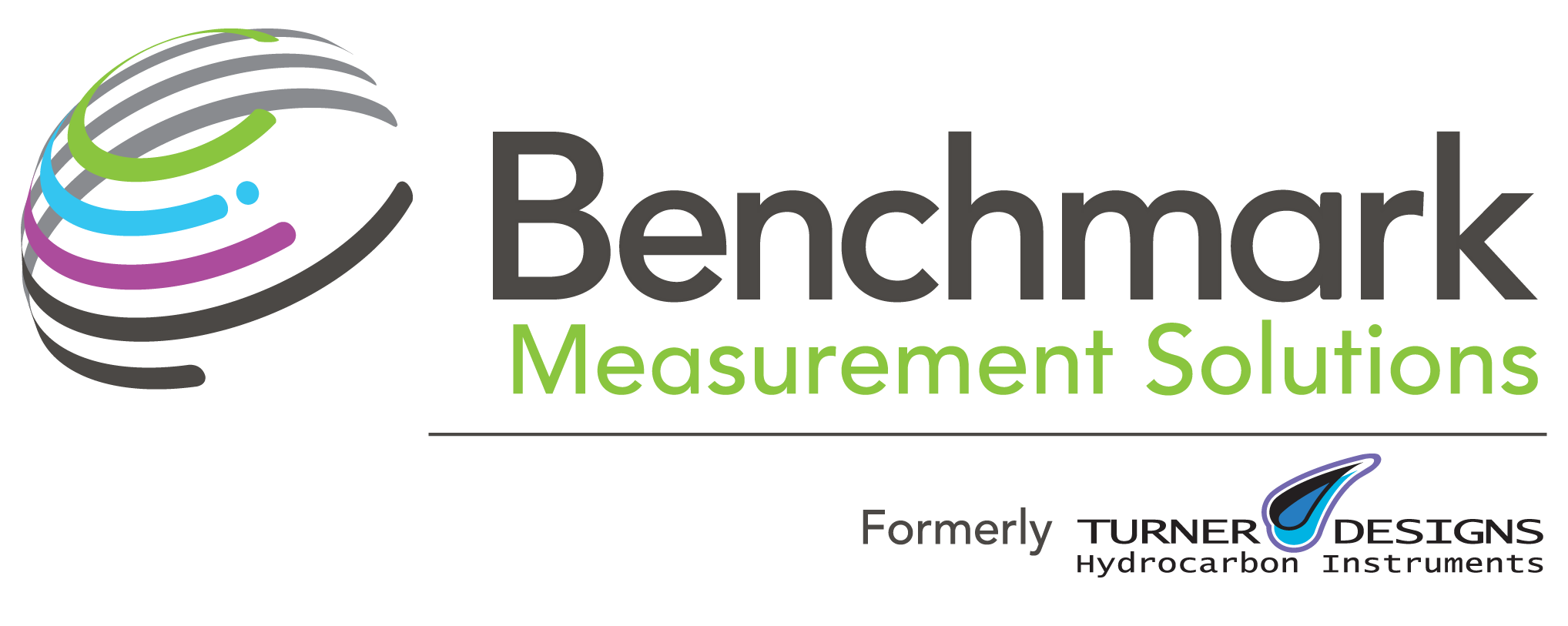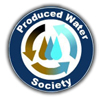The Situation
A wastewater treatment company operated an oil/water separation facility on a multi-acre industrial site in Northern California. Its purpose was to recycle oil products for profit while at the same time providing a wastewater treatment service for industries based in Northern California.
The oily water mixes processed by the company were obtained from tanker bilges, contaminated rainwater runoff, truck spills, oil spills into waterways, crankcase drain oils, hydraulic oils and industrial lubricants, contaminated fuel oils, and rinsate from fuel tanks. The water treatment system on this site was designed to treat the water, which was separated from the “oily water mixes” before being discharged to the local publicly owned treatment works (POTW).
The Problem
The success of this facility as a profitable enterprise depended on its economical operation. This company chose to avoid the cost of large storage tanks, the associated land mass, and more costly equipment used for “batch” treatment and discharge. A significant component to the company’s success was its dependence on continuously discharging treated wastewater to the local sewer authority.
The economic advantage of continuous discharge could only be achieved at this location by meeting strict discharge limits for the level of hydrocarbons present in the discharged water. Local ordinances required continuous monitoring for continuous discharge of the company’s treated wastewater. Continuous hydrocarbon monitoring verifies removal of hydrocarbons from the water by the wastewater treatment system. The maximum discharge limit for hydrocarbons in water is 10 ppm for this application.
“The local sewer authority would not issue a permit to continuously discharge treated water without verifying treatment with a continuous online monitor.”
The Solution
Continuous discharge required continuous monitoring. The wastewater treater chose a Benchmark TD-4100 series monitor to meet their monitoring needs. The monitor was a mandatory component of their treatment system. In the words of the sewer authority, “Continuous monitoring of the discharge will let me sleep at night.”
The treatment system consisted of a dissolved air flotation system (DAF), solids centrifuge, and three (3) 2000 lb carbon beds. The online monitor measured water samples between two carbon beds. The TD-4100 was configured with a mixed fuel filter kit which permited the detection and measurement of gasoline, diesel, jet fuel, and lubricating oils in water. The monitor provided continuous uninterrupted analysis of the treated water and served two functions: a treatment verification tool to maintain discharge permit compliance, and a carbon breakthrough tool to maximize the economics of carbon bed replacement.



